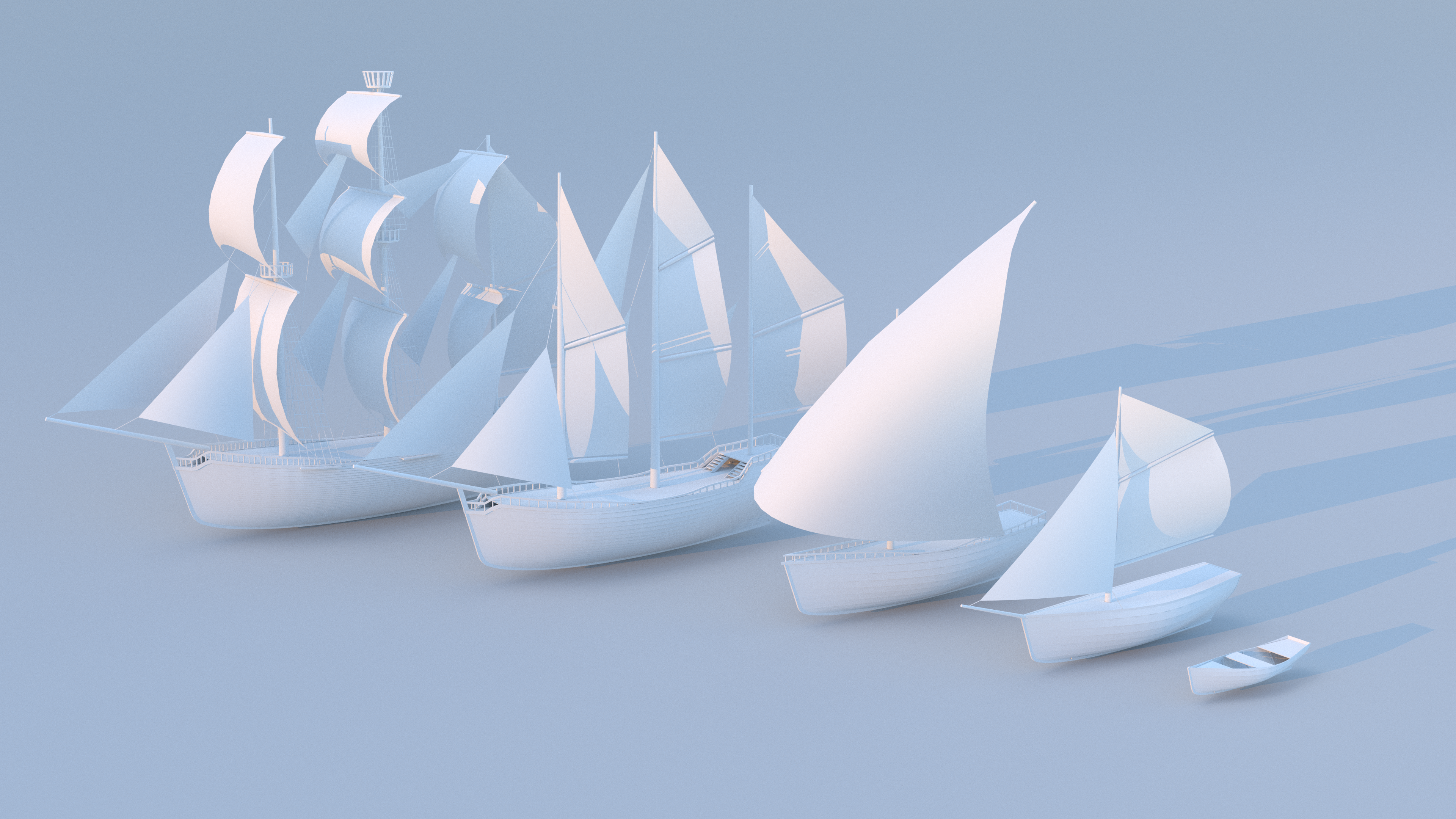The concept of procedural 3D is not new. As computers become more and more performant, the field has reached a tipping point in recent years, with new ways of creating 3D models fundamentally changing the mainstream games and VFX industry. Internationally, we see procedural 3D techniques gaining popularity. The Procedural 3D project serves as an accelerator for Flemish companies, which can get started faster through use cases and generic research. In addition, we lay the foundations to prepare our students for that shift in the industry.
Interactive 3D is used in several industries, both in entertainment and beyond. The applications have become interesting for many companies, but they still remain very expensive. Procedural 3D can, among other things, speed up or optimize certain production processes. Its use can thus result in higher cost efficiency and productivity.
This ‘Procedural 3D’ project therefore looks at the added value of the procedural creation of 3D. The project consists of a two-part focus:
- Developing concrete use cases in which procedural technology is applied;
- A broad knowledge transfer of procedural 3D techniques.
Based on surveys and 1-on-1 conversations with the companies in our mentoring group, we identified different areas of interest in which procedural 3D could provide added value. Due to the wide applicability of the technology, we divided these questions about use cases into three overarching pillars:
- Body, clothing & soft bodies
- Real-time integration & input data
- Rapid prototyping




